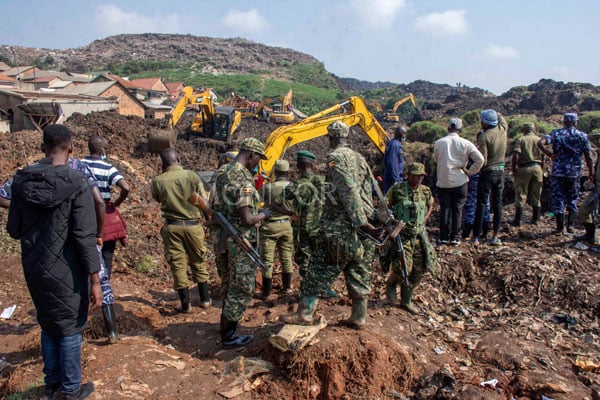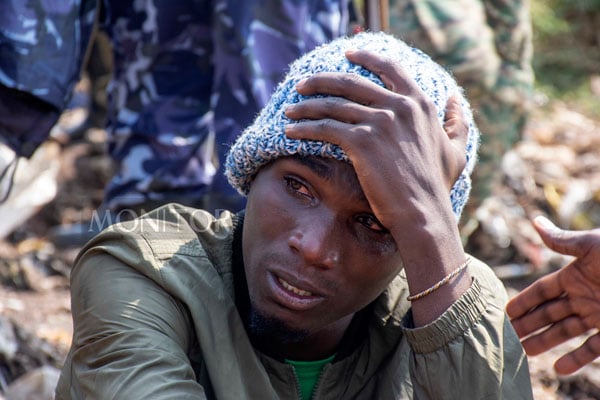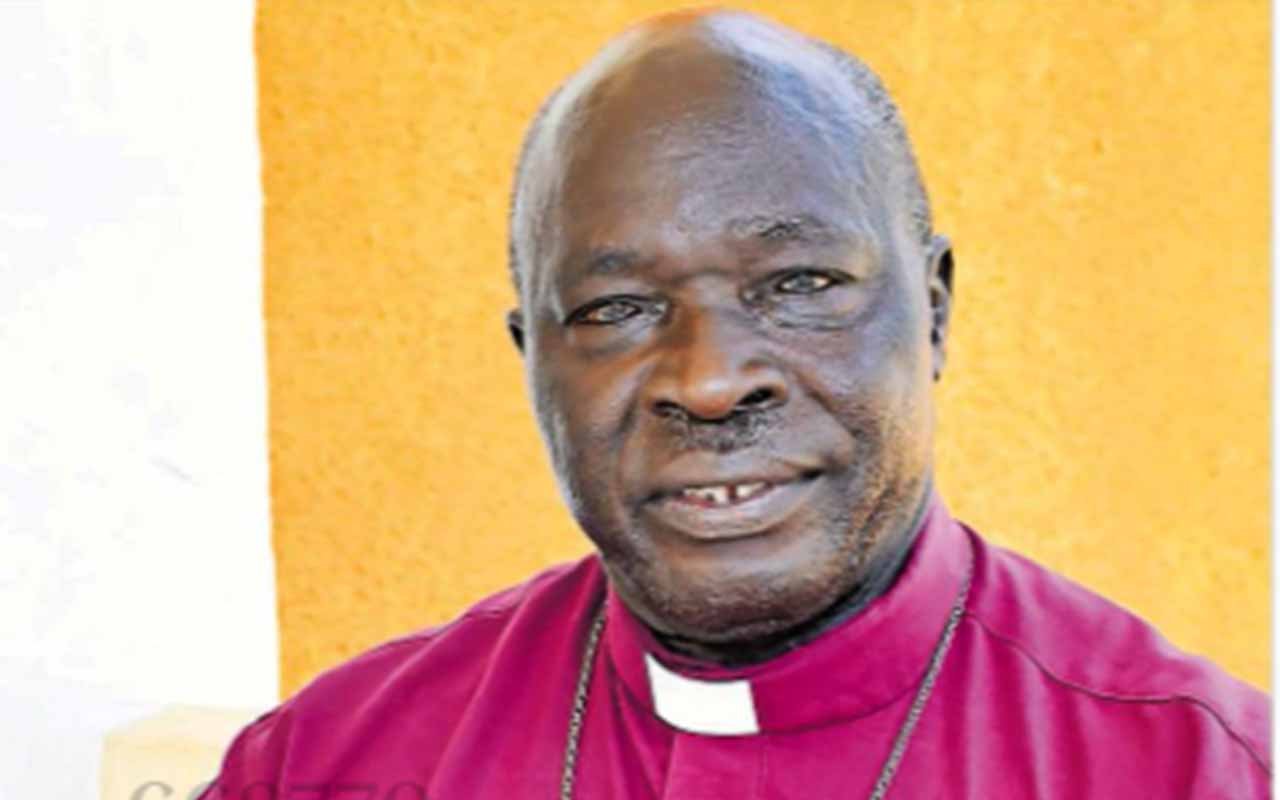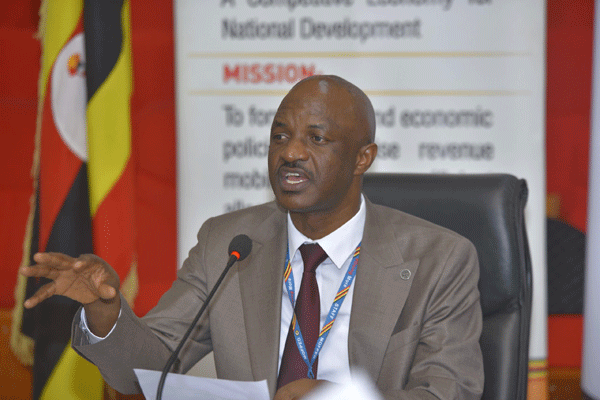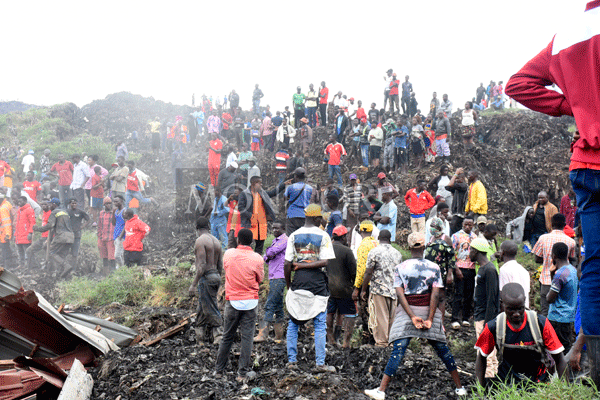
Residents gathered at Kiteezi landfill where a heap of garbage fell on houses and livestock on August 10, 2024. PHOTOS/ ISAAC KASAMANI
Research and media reports reveal that countries such as Rwanda, South Africa, and Ethiopia have made significant strides in waste management by adopting strategies such as recycling.
The collapse of the Kampala Capital City Authority (KCCA) landfill in Kiteezi, Wakiso District has ignited a debate over the Ugandan government’s waste management capabilities, especially compared to neighboring countries.
Research and media reports reveal that countries such as Rwanda, South Africa, and Ethiopia have made significant strides in waste management by adopting strategies such as recycling, unlike others that still rely heavily on landfills and indiscriminate disposal.
Uganda, like many other countries, primarily depends on landfills, with limited recycling activities conducted by private companies. This article examines how other nations are managing their waste.
Ethiopia
According to a 2023 GIZ report titled Waste Management and Recycling, Addis Ababa, the capital of Ethiopia, each household generates about 0.45kg of waste per day.
The report states that 85 percent of the city’s collected waste is disposed of at the Koshe landfill, while the remainder is processed at the Reppie waste-to-energy facility.
Reppie, the first waste incineration plant of its kind in Africa, was established in 2018 as part of a clean-up initiative following a tragic 2017 landslide at Koshe, which claimed 116 lives.
The project was a collaboration between Ethiopian authorities and a consortium of international companies, including Cambridge Industries Limited (Singapore), China National Electric Engineering, and Ramboll, a Danish engineering firm.
The consortium aims to develop similar facilities in major cities across Sub-Saharan Africa.
Rwanda
Rwanda’s waste management is spearheaded by its Local Government Ministry, with private companies handling waste collection.
Kigali’s waste management is overseen by city authorities, while waste in the other four provinces is managed by districts in line with the state-owned Water and Sanitation Corporation Limited.
In their paper Recycling Gap, Africa’s Perspective for Sustainable Waste Management published in December 2022 on IntechOpen, Florence Akinyi Ogutu and Bessy Kathambi highlight that Rwanda has Africa’s most significant Green Fund (Fonerwa), which supports innovative investments in environmental and climate change projects, including recycling.
The authors note that Rwanda has made considerable progress in reducing waste pollution.
South Africa
South Africa has made significant advancements in waste management through proactive policies such as the White Paper of 2000 and the National Environmental Management Act of 2008, which established an integrated solid waste management system focused on waste management, increased collection coverage, and reduced landfill reliance.
The Recycling Gap paper notes that South Africa is among the world’s top recycling countries, with a household waste collection coverage of 59 percent in metropolitan cities such as Cape Town, Johannesburg, and Pretoria.
The paper underscores the importance of sustainable waste management, a practice that has propelled countries like Germany to achieve high recycling rates.
Tanzania
A 2021 assessment by the Centre for Science and Environment, a New Delhi-based public interest research organisation, revealed that only 50 percent of Tanzania’s solid waste, estimated between 12 and 17 million tonnes annually, is sent to dumpsites.
According to the World Bank Group, 60 percent of the waste collected in Dar es Salaam is food waste, which is the largest emitter of methane.
More than 90 percent of Tanzania’s municipal solid waste (MSW) is disposed of inadequately, often in open and poorly managed dumpsites.
However, a few municipalities, including Arusha, Tanga, Mwanza, Mbeya, Dodoma, Kigoma, and Mtwara, have improved landfills with proper lining and leachate collection systems, constructed under the Tanzania Strategic Cities Project (TSCP).
Waste management services in Tanzania are provided by a mix of government agencies and private companies, with local government authorities typically handling waste collection.
In Zanzibar, community-based organisations remove approximately 2.5 tonnes of plastic waste from the waste stream daily, selling it to recycling companies on the mainland.
Kenya
The World Bank estimated in 2022 that Kenya generates between 3,000 and 4,000 tonnes of waste daily from various urban areas, with the capital, Nairobi, accounting for 2,000 to 2,500 tonnes.
According to the report, 70 percent to 80 percent of this waste is organic, consisting of food, agricultural, and yard waste, with the remainder being inorganic materials like plastic, paper, and metal.
A United Nations Environment Program (UNEP) study indicated that only 10 percent of this waste is taken to designated disposal sites.
Kenya has numerous landfills across the country, with Nairobi’s Dandora dumpsite being the most prominent and one of Africa’s largest unregulated landfills, covering approximately 30 acres and receiving about 850 tonnes of waste daily from the city’s population of over 6 million people.
Like Uganda, Kenya faces significant challenges in waste collection, disposal, and recycling, resulting in environmental degradation, public health hazards, and economic losses.
The country is working to address these issues through policies and regulations, such as the National Solid Waste Management Strategy, Plastic Waste Management Regulations, and the Waste Management Bill 2020, implemented by the National Environmental Management Authority (NEMA) in collaboration with the private sector and NGOs.
MUSEVENI'S STATEMENT ON KITEEZI LANDFILL INCIDENT
Fellow Ugandans and, especially the Bazzukulu,
Greetings. This is to convey condolences to the families of the People who died yesterday as a consequence of part of the rubbish heap at Kiteezi (orubuungo), peeling off (kubeguka) and burying People who were living nearby.
The first question that comes to mind is: “Who allowed People to live near such a potentially hazardous and dangerous heap?” Even without peeling off and burying People, the effluent alone (ejyurigyiriro) must be hazardous to health.
The indigenous cow-dung and house-hold refuse heaps (emuungo) were dangerous enough, the fact that they were mainly organic (cow-dung-amasha-banana peelings- ebihatiro-house-hold refuse-empuunda), notwithstanding.
No settlement would be allowed below the Rubuungo (the rubbish mound) on account of the effluent (ejyurigyiriro). Even without kubeguka (breaking off) of part of the mound to bury People, the effluent alone would be unpleasant and hazardous. How much more dangerous is the Kiteezi mount that is full of plastic, etc.?
When I talked to Dorothy Kisakka, she told me the story of how they wanted to move to Dundu but the Dundu People did not want to neighbour with the rubbish and instead, they have been working on positively using the rubbish, which is actually good, to generate electricity, make manure, recycle the plastics, etc. That, however, does not answer the question of why human settlement was allowed near the heap.
I have, accordingly, requested the Deputy IGG, Anne Muhairwe, representing the IGG, to expeditiously investigate the matter and furnish me with the report. In the meantime, I have directed the Prime Minister to co-ordinate the removal of all the house-holds in the danger zone, in addition to ensuring the recovery, if possible of the People still buried in the rubbish. However, once again, this should educate Ugandans about the dangerous areas such as wetlands, lake-shores or the river banks, in the forests where they get in touch with monkeys and bring monkey-pox and Ebola to us, etc., etc.
All should know that People- technical or political who encourage them to do so are, actually, their enemies. How many times have we lost People in such mountain land slides, floods, etc.? Let us learn and keep away from danger.
The UPDF Special Forces, have been directed to assist in the rescue. I have also directed the State House Comptroller to financially assist the families of those who died with Sh.5million per person who died and Sh.1 million per person who was injured. This is not part of the legal compensation that may come from the Government if any Government Agency is found to be responsible. May Almighty God rest the souls of our departed People in eternal Peace and heal the injured.
Signed:
Yoweri K. Museveni
President of Uganda
August 12,2024
